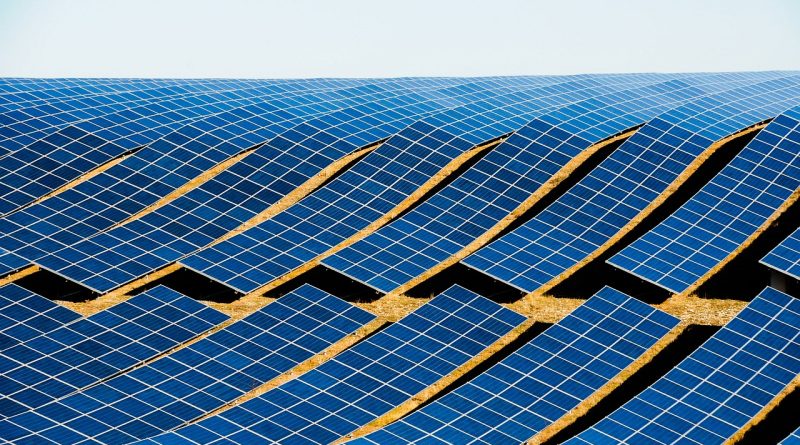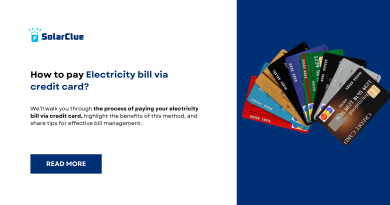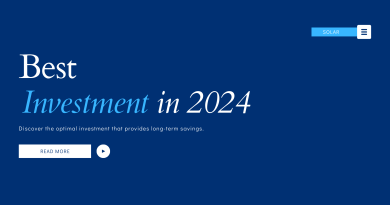Best Residential Solar Installation Cost: Affordable Options
Table of Contents
The Best Residential Solar Installation Cost
As our society becomes increasingly concerned about the environment and the impacts of fossil fuels on climate change, more and more homeowners are turning to solar energy as an alternative source of power. Residential solar installations have become popular as they offer numerous benefits, including reducing electricity bills and decreasing reliance on traditional energy sources. However, one crucial factor that homeowners often consider when thinking about installing solar panels is the cost. In this blog, we will explore the best residential solar installation cost and the various factors that contribute to it.
Factors that Influence Solar Installation Cost
Before delving into the specifics of the best residential solar installation cost, it is important to understand the factors that affect the overall cost. These factors include:
1. Size of the Solar System
The size of the solar system you install will have a significant impact on the overall cost. The more solar panels you require, the higher the installation cost will be. It is important to consider your energy needs when determining the size of your solar system. Consider factors such as your average electricity consumption, available roof space, and the amount of sunlight your location receives.
2. Quality of Solar Equipment
Another factor that affects the cost of residential solar installations is the quality of the solar equipment used. High-quality panels and inverters may come at a higher price, but they tend to be more efficient and durable. Investing in top-tier equipment can ensure optimal performance and reduce maintenance and replacement costs in the long run.
3. Roof Type and Condition
The type and condition of your roof can also impact the installation cost. A complex roof design, such as one with multiple angles or a tile roof, may require additional effort and expertise during installation, thus increasing the cost. Similarly, if your roof requires repairs or reinforcement before solar panel installation, those costs should be factored in as well.
4. Government Incentives and Rebates
Various governments, at both federal and state levels, offer incentives and rebates to encourage homeowners to switch to solar energy. These incentives can significantly reduce the upfront cost of installation, making it more affordable for homeowners. Researching and taking advantage of these incentive programs can lower the overall cost of your solar installation.
5. Local Market Competition
The level of local market competition can also impact the price of solar installation. In areas with multiple solar installers, prices tend to be more competitive as companies vie for customers. Researching and obtaining quotes from multiple installers in your area can help you secure the best price and ensure you are getting a competitive deal.
What is the Average Residential Solar Installation Cost?
While many factors come into play, it is essential to have a rough idea of the average residential solar installation cost. On average, homeowners can expect to pay between $15,000 and $25,000 for a standard-sized residential solar system before incentives and rebates are applied. This estimate is based on a system size ranging from 4kW to 8kW, which is suitable for most homes.
However, it is crucial to remember that these numbers are just averages and can vary significantly based on the factors mentioned earlier. To get an accurate estimate for your specific circumstances, it is recommended to consult with solar installers who can assess your home and provide a personalized quote.
How to Find the Best Residential Solar Installation Cost
Now that we understand the factors that influence the cost and have a general idea of the average price for residential solar installation, let’s explore some tips to ensure you find the best cost for your solar system:
1. Shop Around and Compare Quotes
Obtaining quotes from multiple solar installers in your area is essential in finding the best residential solar installation cost. By comparing quotes and services, you can identify the most competitive offers and negotiate for better pricing or additional perks. Remember, it is vital to consider not only the cost but also the reputation, warranties, and customer reviews of the installers before making a decision.
2. Understand Government Incentives and Rebates
Taking advantage of government incentives and rebates can significantly reduce the overall cost of residential solar installation. Research your local and federal incentive programs, as well as any tax credits available, to ensure you maximize the financial benefits. The EnergyStar website and the Database of State Incentives for Renewables & Efficiency (DSIRE) are valuable resources for finding information on available incentives in your area.
3. Consider Financing Options
If the upfront cost of solar installation seems daunting, consider exploring financing options such as solar loans or leasing arrangements. Many lenders and solar companies offer flexible payment plans that allow you to spread the cost of installation over several years. However, be sure to carefully evaluate the terms and compare interest rates to ensure you are not paying more in the long run.
Conclusion
Embark on your solar journey with SolarClue® as your guide to finding the best residential solar installation cost. Discover factors influencing expenses and gain insights into the average cost range in 2024. SolarClue® assists in understanding government incentives, optimizing installation size, and leveraging technology advancements for cost-effectiveness. Address concerns about reliability and durability, ensuring value for your investment. Educate yourself on long-term savings and ROI, emphasizing the economic benefits of solar energy. Let SolarClue® guide you in evaluating quotes for transparency and choosing cost-effective installers. Explore financing options for a more accessible transition to solar power. Join our community for shared experiences and collaborative learning on your path to an affordable and sustainable future.
Frequently Asked Questions
SolarClue® guides users in finding affordable residential solar installation options in 2024 by detailing the factors influencing the cost and providing insights into the determination process.
SolarClue® provides information on the average cost range for residential solar installations, enabling users to estimate expenses and make informed decisions about transitioning to solar power in 2024.
SolarClue® assists users in understanding the role of government incentives, tax credits, and rebates in reducing the overall residential solar installation cost, ensuring users are aware of available financial benefits in 2024.
SolarClue® guides users on optimizing their residential solar installation for cost-effectiveness, considering factors like system size, equipment efficiency, and energy consumption patterns in 2024.
SolarClue® provides insights into the role of technology advancements and innovations in driving down residential solar installation costs, helping users stay updated on the latest trends in 2024.
SolarClue® addresses concerns about the reliability and durability of affordable residential solar installations, ensuring users receive value for their investment and enjoy a long lifespan in 2024.
SolarClue® educates users on potential long-term savings and ROI associated with choosing affordable residential solar installations, emphasizing the economic benefits of investing in solar energy in 2024.
SolarClue® guides users on evaluating quotes from solar installers for their residential installations, ensuring transparency in pricing and helping users choose cost-effective and reputable professionals in 2024.
SolarClue® assists users in exploring financing options and payment plans for residential solar installations, making the transition to solar power more accessible and affordable in 2024.
SolarClue® fosters a community where users share their experiences with affordable residential solar installations, creating a platform for collaborative learning and support in 2024.



